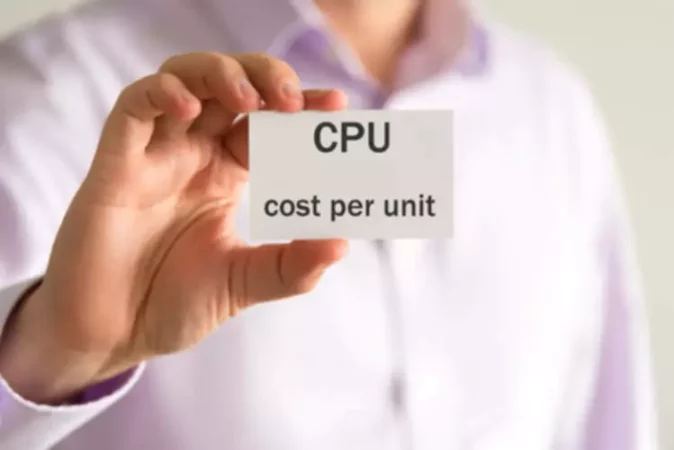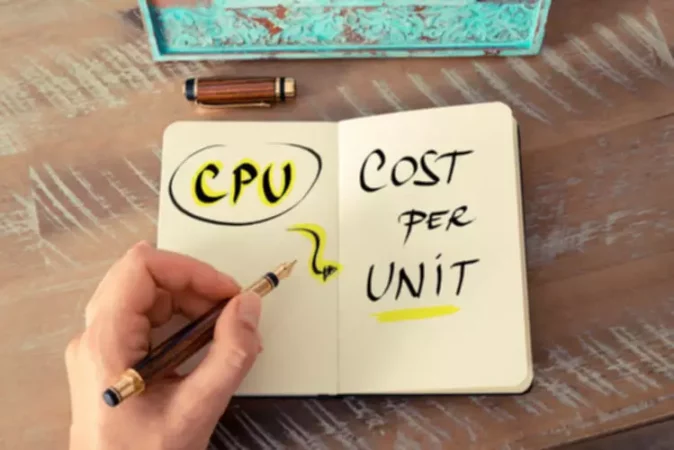Basics
Unit cost is one of those basic principles but it is one that is very important to know. It goes hand in hand with the concept of profitability. For instance, if you sell a shirt for $5 and it cost you $7 to make it, you will soon find your business bankrupt. The reasons for calculating the cost per unit can be summarized as follows:
- Making decisions on pricing and production. Cost per unit information helps to set prices for a company’s products or services and to determine the required volume of production.
- Control: Management needs information to ensure that the company’s performance is on track by comparing the actual results with budget indicators.
- Evaluating Relative Efficiency: Cost information helps managers compare the cost of producing something in a particular way or location with the cost of manufacturing something else in a different way or location. For example, an automobile manufacturer might estimate the cost of manufacturing a particular model in one of its factories versus another. This is useful in deciding where the future production will be located.
- Evaluation of performance results. The level of profit generated over a period is an important performance indicator and provides executives (and other users) with information to help them make a wide range of decisions.
For resellers, the cost per unit might be more obvious and easier to calculate. If you are making unique products in a very small quantity, it is also very much possible to simply calculate the cost per unit based on what you actually spent to make that piece of furniture, cake, or any other product.
In a manufacturing world, though, it is too time-consuming and often impossible to calculate the cost per unit on a unit-by-unit basis. Thus, without much explanation, we can say that the total manufacturing cost per unit can be simply figured out by dividing the total costs by the total number of units produced. Let’s review some methods to calculate the total cost.
Method 1
One of the ways would be adding the direct materials, direct labor, and manufacturing overhead. Boss Inc. makes watches. During the year, it incurred the following costs:
- Direct materials used – $120,000
- Direct labor used – $63,000
- Rent of production facility- $16,000
- Depreciation (production machine) – $3,600
- Depreciation (office laptops) – $850
- Marketing expense – $4,000
- Administrative expenses – $80,000
During that year, the Boss Inc. produced 20,000 units. The product cost would include $120,000 for the direct materials used and $63,000 for the labor. When it comes to overhead, you need to understand what costs to include and what costs you do not include. You will add only expenses that relate to the actual production, which would be the rent of $16,000 and depreciation of $3,600. If you add up these numbers, you will get a total of $202,600. Now, you just need to divide this amount by 20,000 units to get roughly $10 your cost per unit.
Method 2
The total costs can also be calculated as total variable costs and total fixed costs. The variable costs increase in total with the rise in the level of business activity, while the fixed costs stay on the same level no matter how much the business produces.
Teddy Bear company produces plush toys. Among the variable costs, you will see the cost of fabric and filling, as well as other accessories necessary to make the toy. The number of hours the workers need to spend on making the toys also and the electricity bill also depend on how many toys the factory makes.
The fixed costs would include factory lease because the owner of the factory does not care if the toy company is making 10 toys or 10,000 and wants to get the same lease payment every month. Other inevitable (fixed) expenses would be equipment maintenance, insurance premiums, depreciation, business licenses, and wages of office workers.
Let’s assume the toy company had $25,000 in fixed costs and $64,000 in variable costs and it manufactured 15,000 units of toys. The cost per unit would equal to ($25,000 + $64,000) / 15,000 = $5.93.
Method 3
Now, let’s look at a case where you are not manufacturing any goods, but rather purchase them from a wholesaler to sell in your online store. Assume you can buy 100 lamps for $1,400. To start calculating your unit cost, you would simply divide your total cost by the unit amount, which gives you $14 per lamp. This means that each individual lamp at this stage costs you $14 and you need to sell this item for at least $14 each for you to break even or more if you want to make a profit.
However, the cost per unit does not end there because you need to take into account other factors. You also need to calculate how much it is going to cost you to ship the items to your warehouse and then ship each item to your customers. You might also want to include the cost of packaging, importation tax, fees for listing the items on sites like eBay and Amazon, etc. As you can see, even if you are not making the product, there are a lot of elements to keep in mind when calculating how much each item costs you.



















